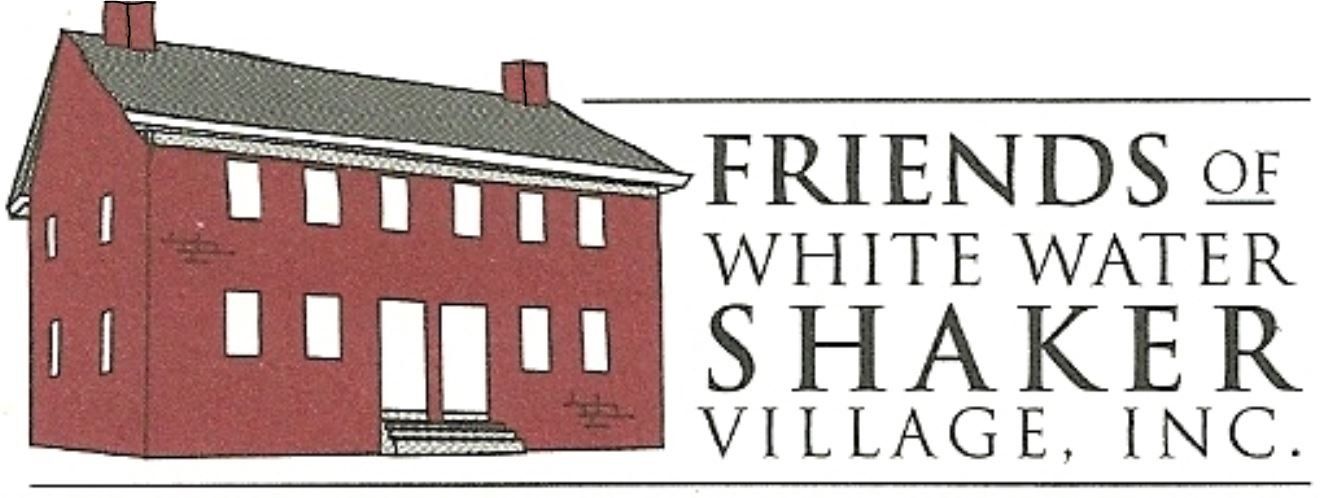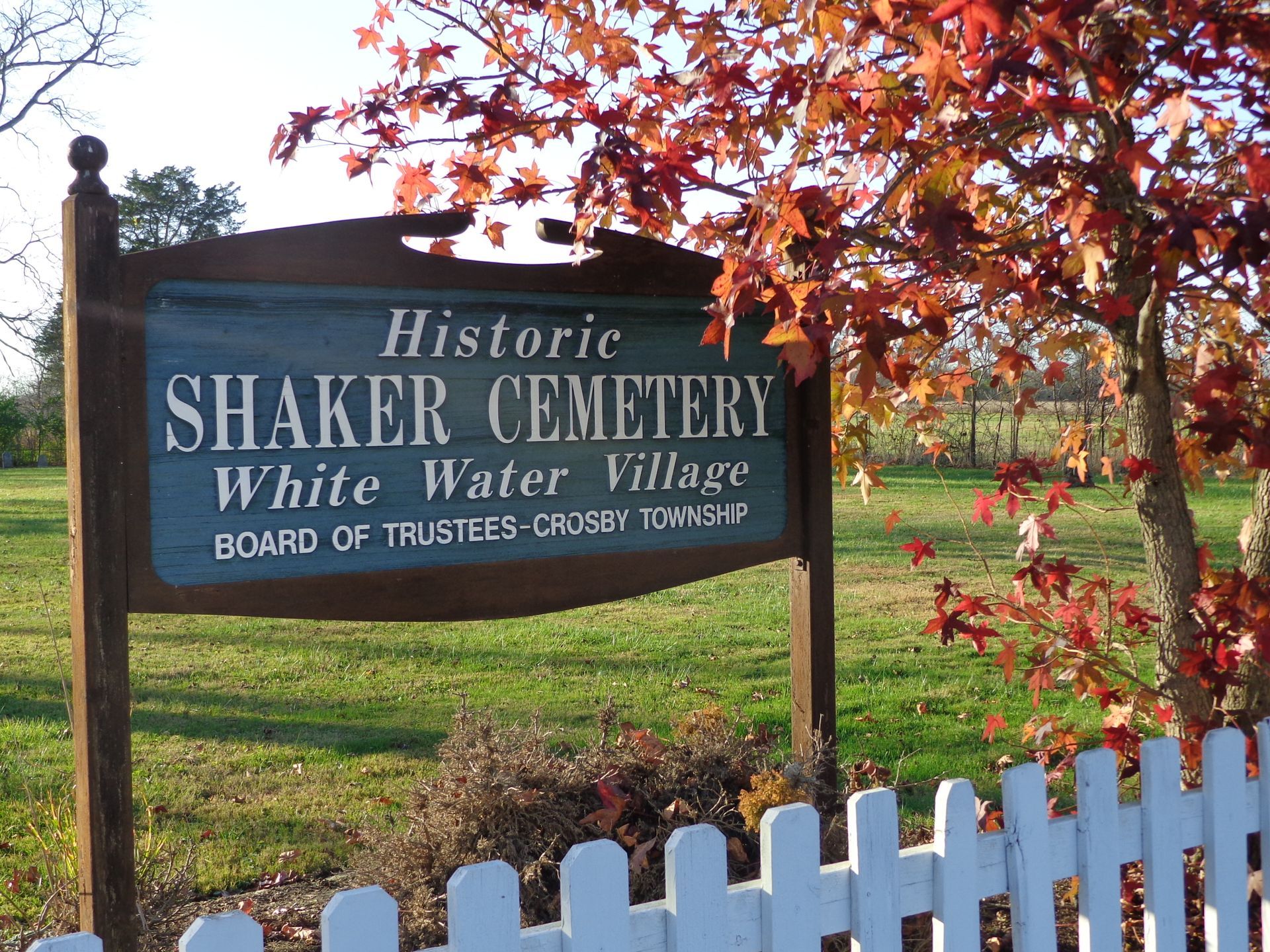History
History
What is White Water Shaker Village?
White Water is one of 24 communal villages founded in the United States between 1787 and 1824 by the United Society of Believers in Christ's Second Appearing, generally called "Shakers." It is the only remaining village of five Ohio Shaker villages, retaining most of its original buildings in their original settings and home of the only standing brick Shaker meeting house in the country.
Where is White Water Shaker Village?
The village is located twenty-two miles northwest of downtown Cincinnati and five miles from Interstate-74. It is located on property owned by the Great Parks of Hamilton County, near the Miami Whitewater Forest, on Oxford Road between the town of New Haven and the Butler County line. The address, for GPS navigation, is 11813 Oxford Rd., Harrison, OH, 45030.
Why did Shakers settle here?
The nucleus of the White Water settlement formed in 1823 when members of the Union Society of Shakers from Lebanon, Ohio, came to share their religion with a group of settlers living near the Mt. Tabor Methodist church, Morgan Township, Butler County. They soon found rich soil, abundant timber, and the flowing stream of the Dry Fork of the White Water River in Hamilton County's Crosby Township and established the Village here. Early converts donated their properties, thus enlarging White Water's holdings.

Slide Title
Write your caption here
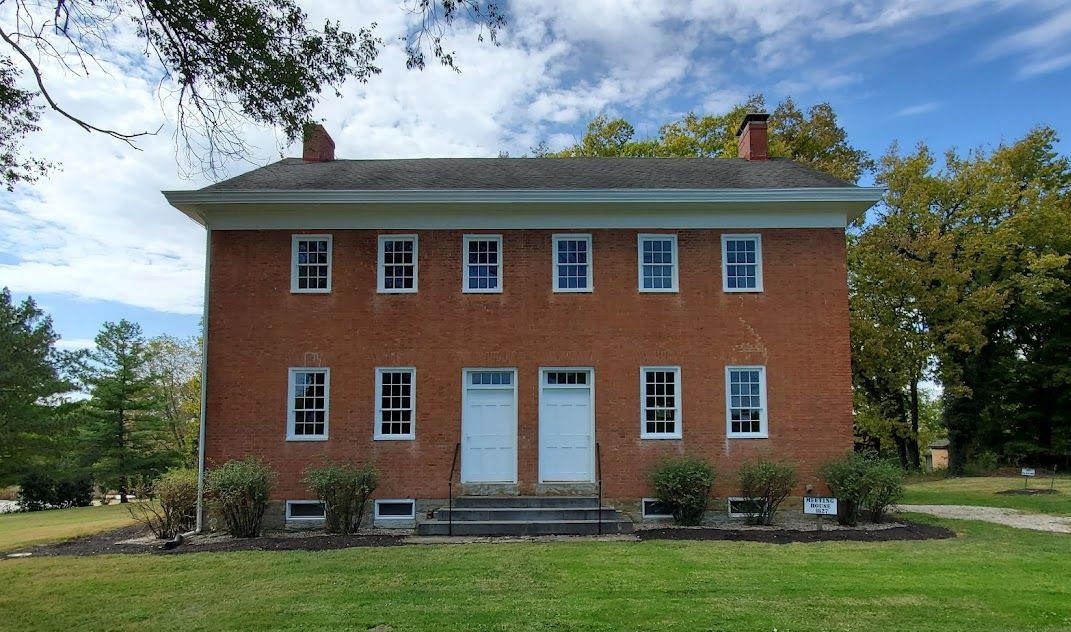
Slide Title
Write your caption here
Button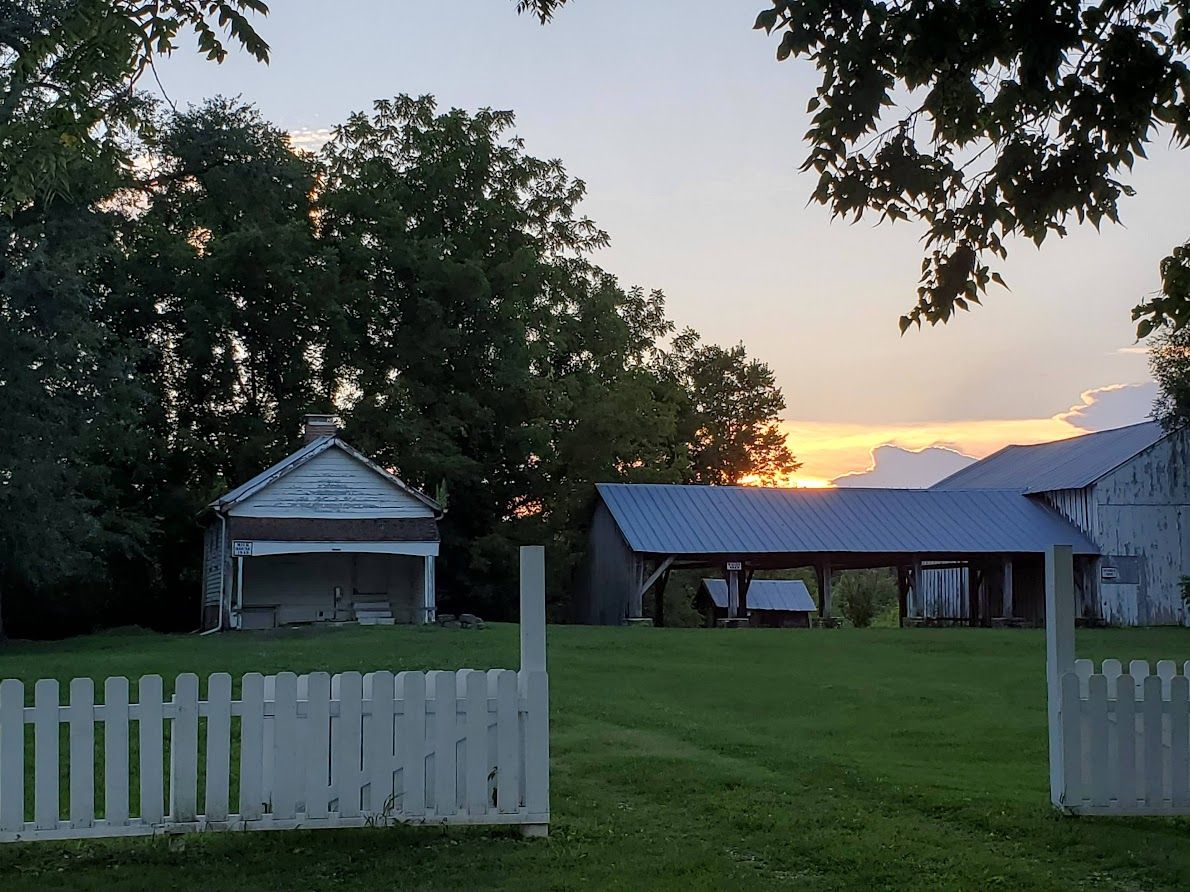
Slide Title
Write your caption here
Button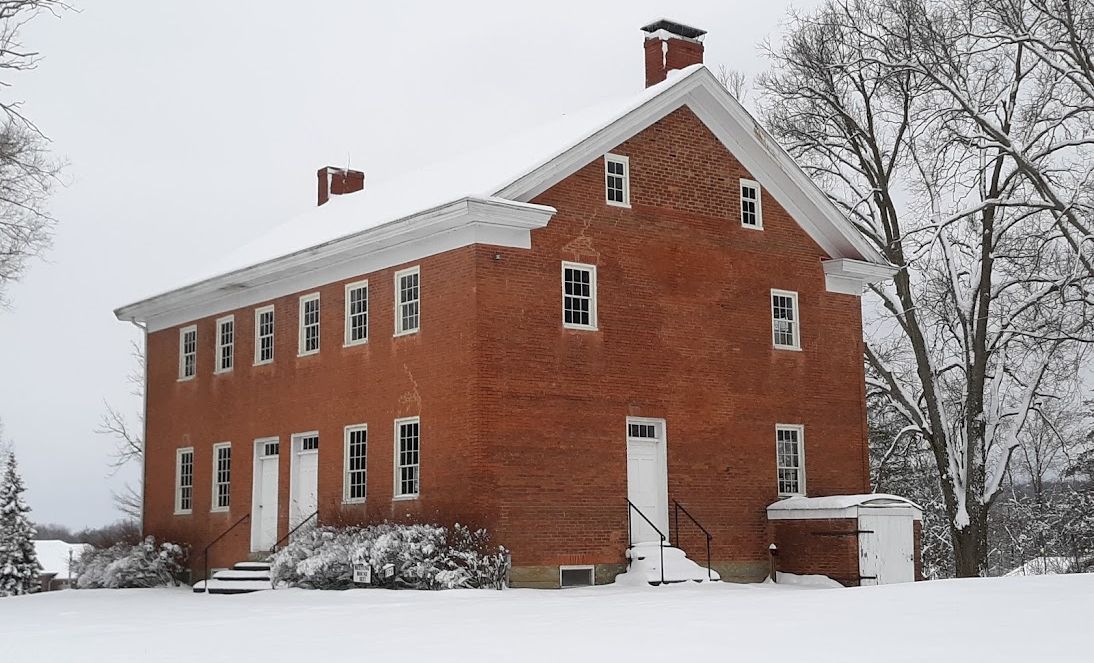
Slide Title
Write your caption here
ButtonSlide Title
Write your caption here
Button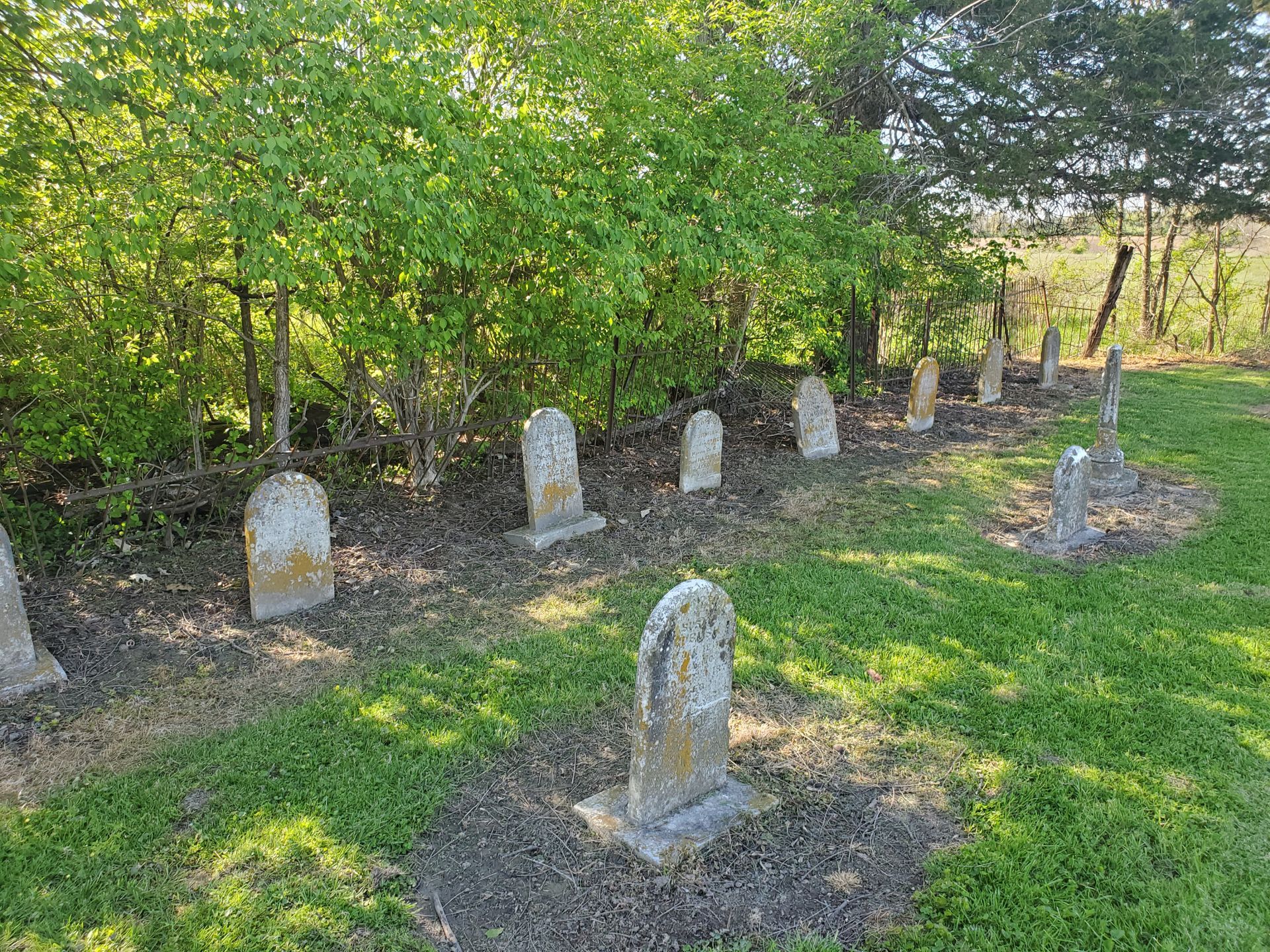
Slide Title
Write your caption here
Button
What was it like to be a Shaker at White Water?
Intensity of religious fervor motivated construction of the first permanent brick structure, the meeting house, in 1827, followed by a large dwelling in 1832. Workshops, a trustees’ office, barns, corn cribs, milk houses, smokehouses, a mill, and other buildings soon followed. Crops of broom corn were the first to be planted, from which brooms were assembled for commerce. The Shakers thrived with sales of seeds, brooms, fruit products, wheat, sorghum, and livestock. As a communal society, no property was individually owned. All members participated in labors for the good of all. A principle of Shaker beliefs is celibacy; Shakers depended on attracting converts and raising orphans.
What happened to the Shakers?
Following the Civil War, village population waned as strict Shaker religious practices lost appeal in favor of the liberal ways of the “world.” In addition industrial manufacturing reduced the market for handmade goods, the Shaker seed market declined and was discontinued at White Water, and farm labor had to be hired from the "outside" neighborhood. In 1907, a fire destroyed four Center Family buildings, killing three elderly sisters. In 1910, the Shaker school was closed and a popular Elder died after a prolonged illness. These all contributed to the demise of the community of White Water.
What happened to the Village?
The parent ministry at Canterbury, New Hampshire sold White Water to private owners prompting the last two Shakers to depart from Harrison in 1916. The Shakers of White Water Village were officially commemorated by the placement of a large granite memorial by the Canterbury Ministry in the center of the village cemetery. The marker honors all the Shakers who had lived and died here. For the next 70 years, the former Shaker farms provided livelihood to several independent families. The cemetery was neglected until 1984 when two individuals restored it. It is currently the responsibility of Crosby Township Trustees to maintain. The school was razed to make room for cultivation. The great cow barn was dismantled for building materials. The Center Family west bank barn was struck by lightning and burned. The granary at the South Family burned. The North Family bank barn was neglected until it collapsed.
But many wonderful buildings still survive!
Who owns White Water Shaker Village now?
Great Parks of Hamilton County purchased land between 1989 and 1991 to expand the Miami Whitewater Forest in northwest Hamilton County. About 600 acres included in the purchase had once belonged to the Shakers, and there stand more than twenty Shaker-built structures that comprised the White Water Shaker Community.
How is White Water Shaker Village being preserved?
Great Parks removed post-Shaker structures and stabilized, cleaned and painted the remaining buildings. Due to their mission focusing on outdoor recreation and preserving land and habitat for wildlife, and concern for the high cost of restoration and upgraded infrastructure the Village would need, no restoration, beyond preservation and stabilization was planned by Great Parks.
What is the future of White Water Shaker Village?
Friends of White Water Shaker Village, Inc. is working to develop preservation, conservation and restoration strategies. Funding is key. We believe that the village is an important part of the cultural heritage of America and should be open for all to learn about Shaker communal history, their place in American architectural and agricultural history, and the importance of preserving examples of our past.

GET INVOLVED
Friends of White Water Shaker Village, Inc
11813 Oxford Rd.
Harrison, Ohio 45030
Join Us on Facebook
©
Friends of White Water Shakers Village Inc.
a DreamWeaver Studio website
a DreamWeaver Studio website
